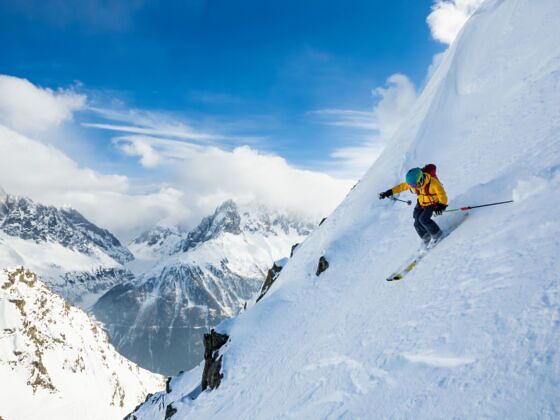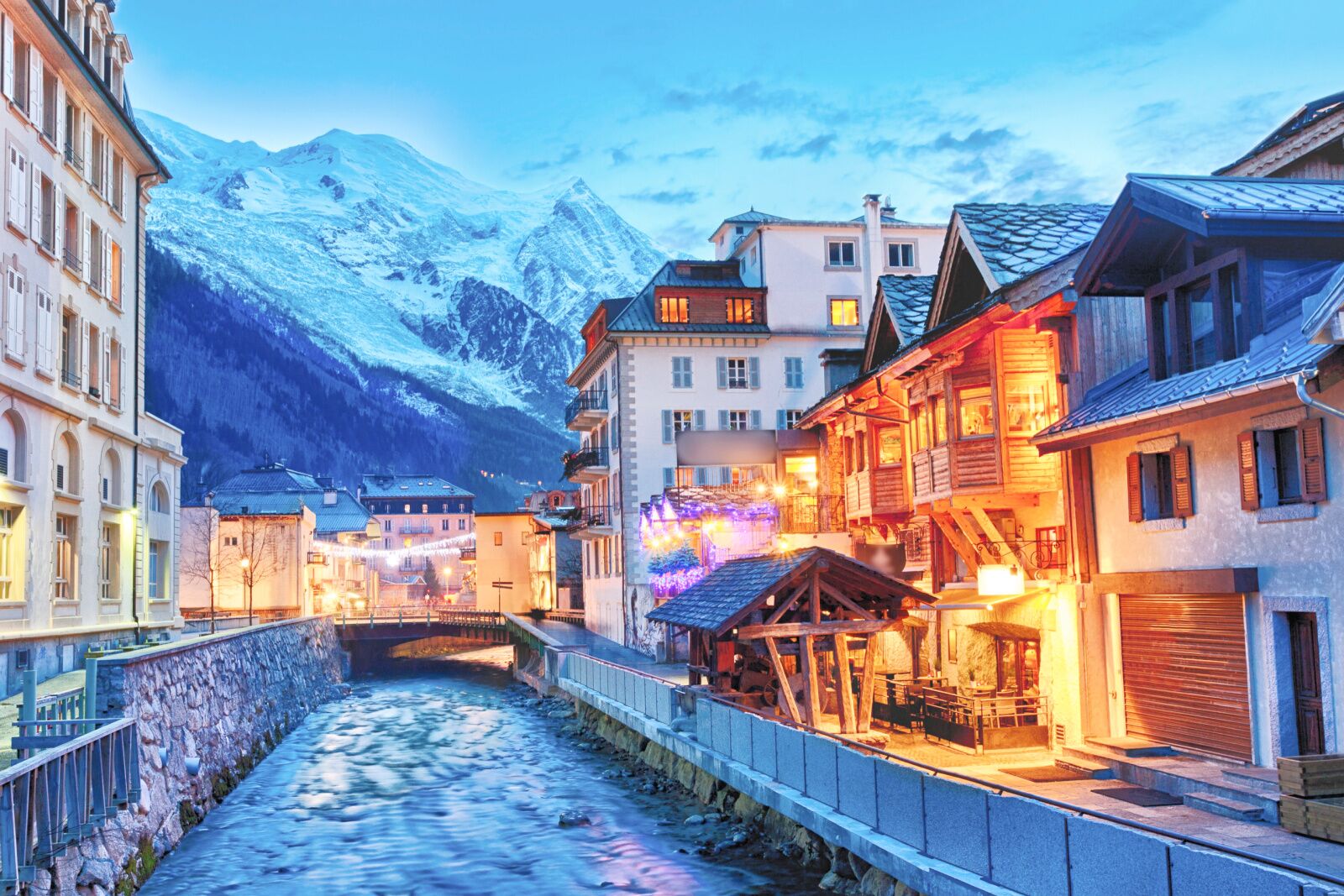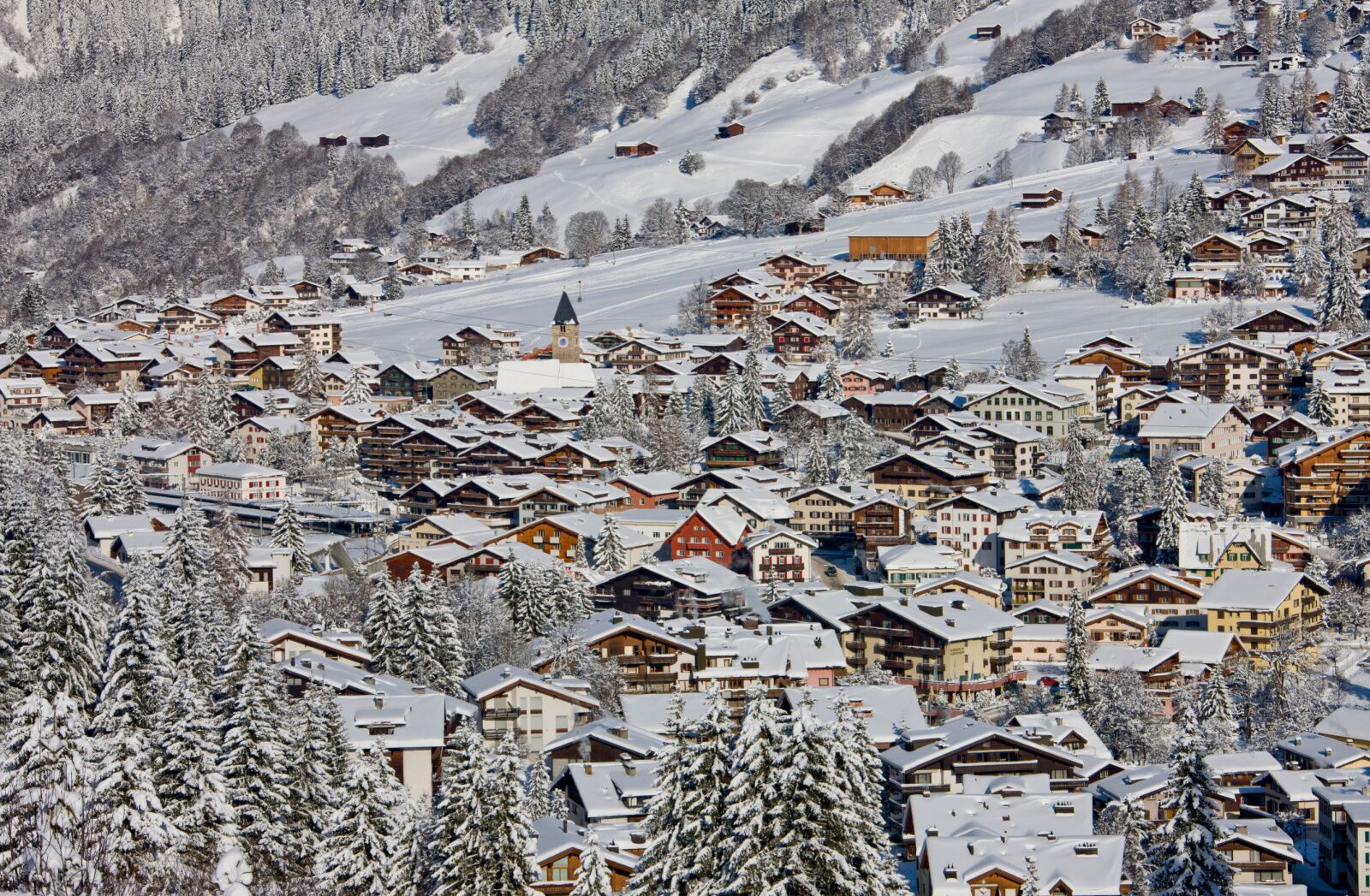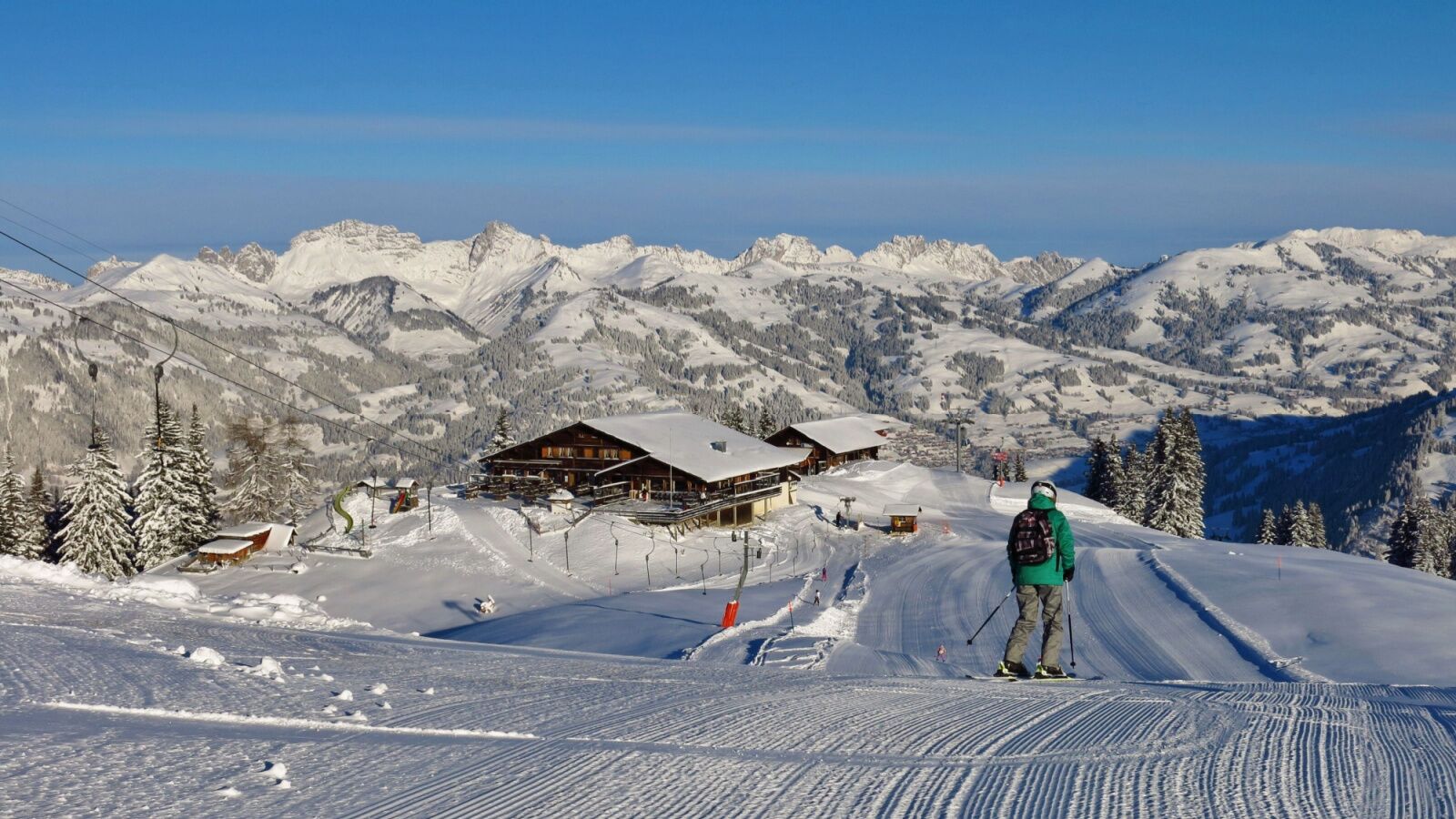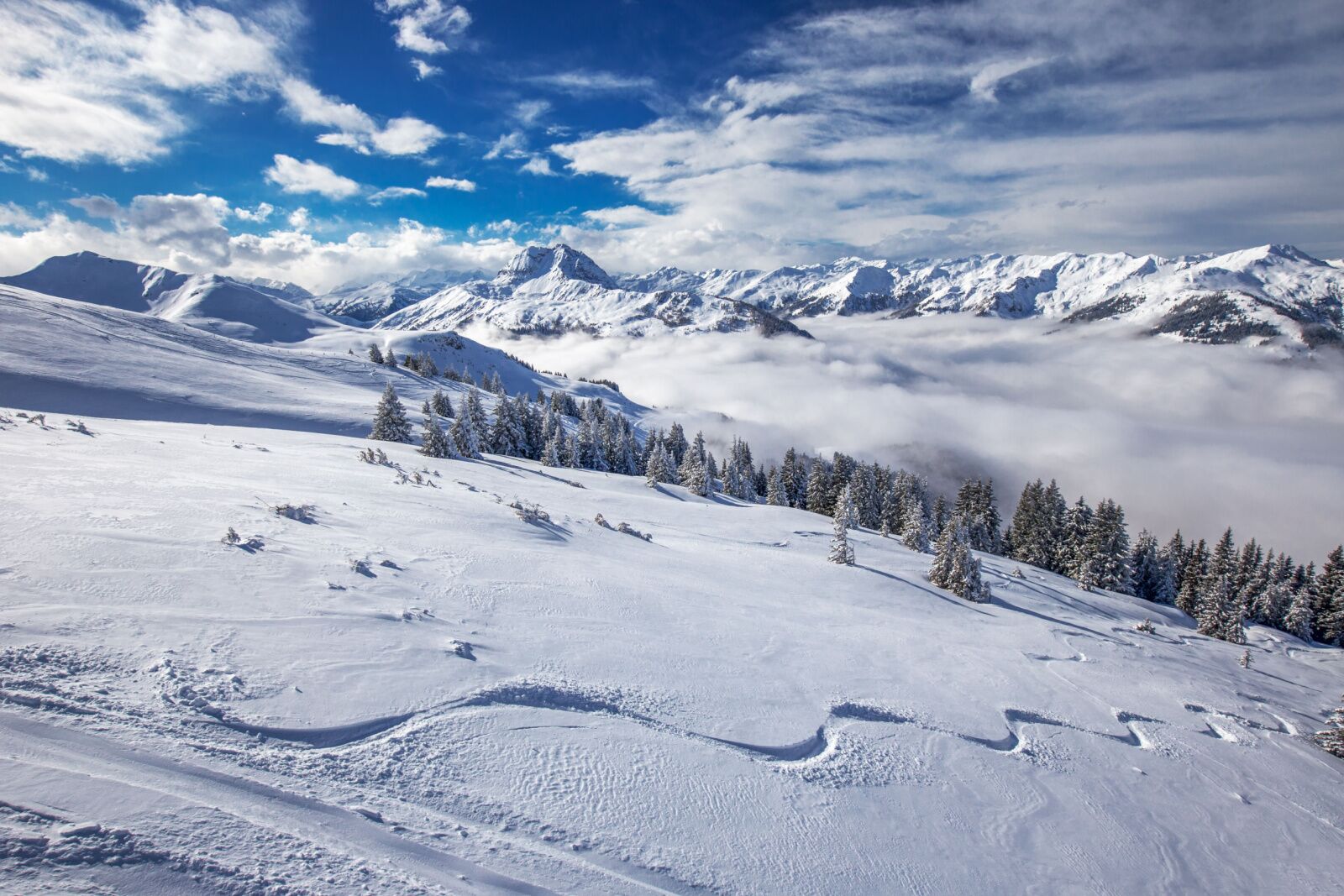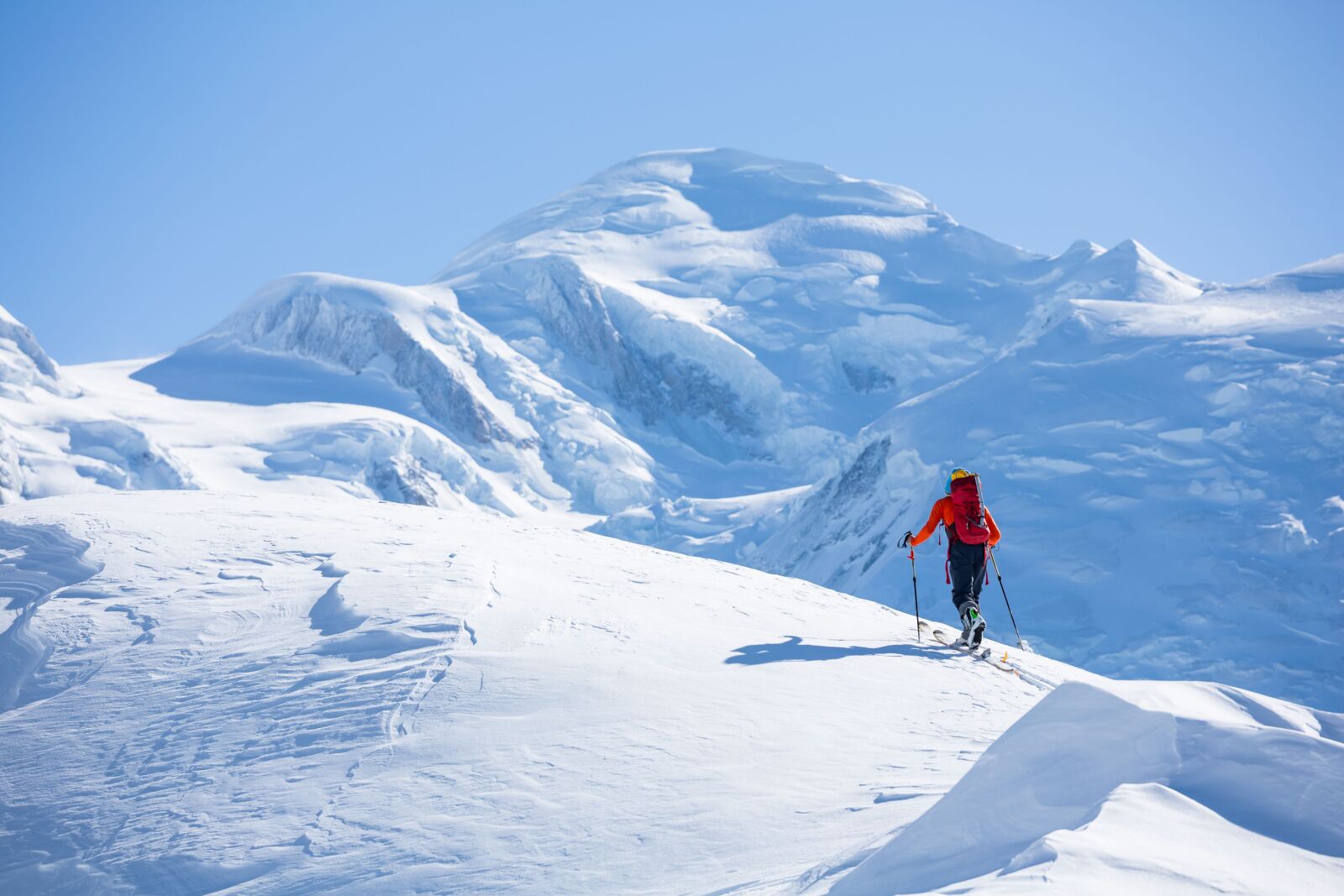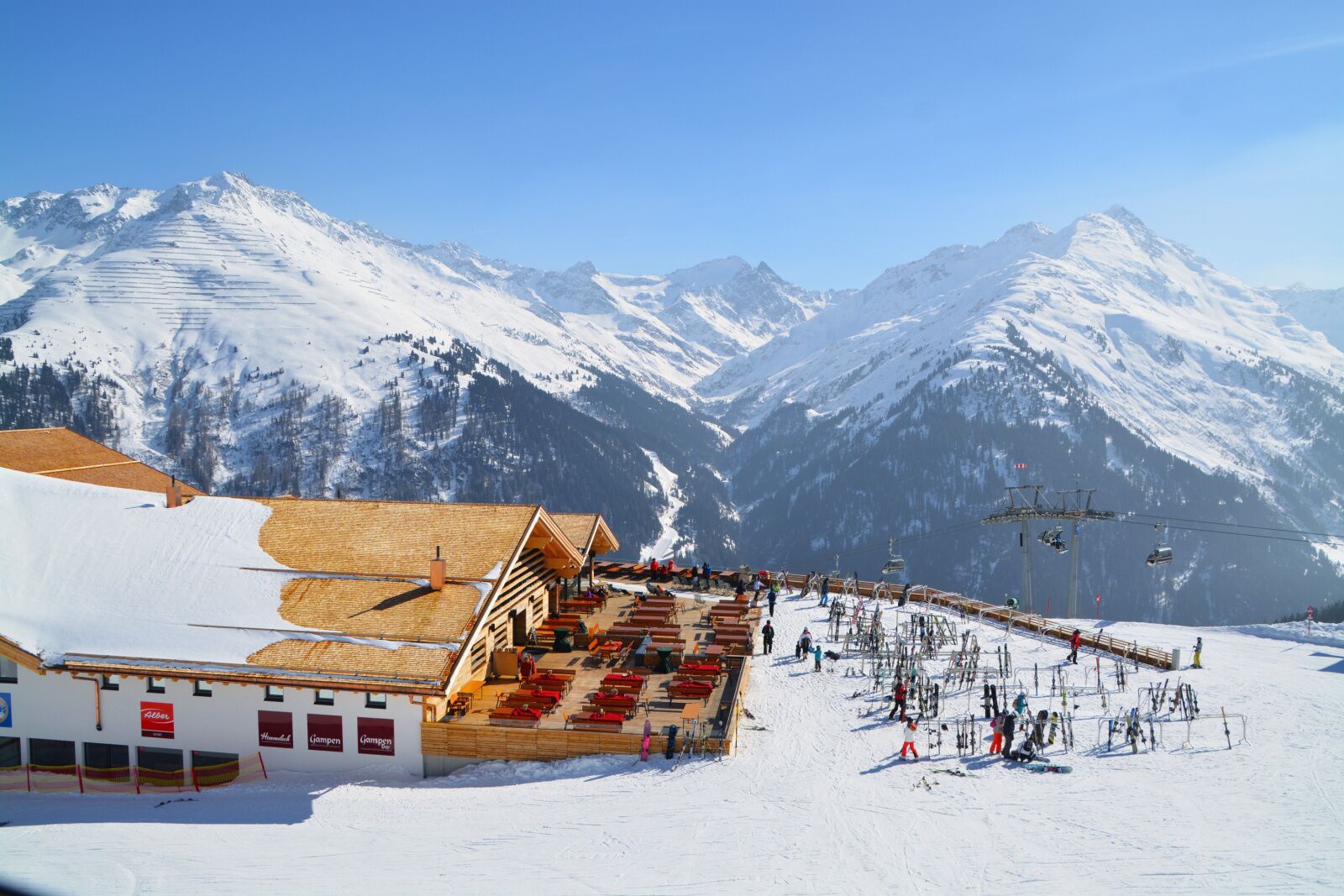Step off any of the highest gondolas at any of the largest Alps ski resorts, and you’ll hear gasps around you. But it’s not just gasping for air (though you may find yourself 11,000 feet above sea level). It’s gasping at the sheer extent of the famous European mountain range.
Europe’s jagged white peaks seem to go on forever when viewed from the top, and the individual resorts within them are huge. Some sprawl across several mountain valleys, tied together by a single lift ticket and plenty of gondolas. Austria’s SkiWelt Wider Kaiser alone has 90 lifts and more than 160 miles of interconnected trails. For comparison, the largest ski resort in North America (Whistler-Blackcomb) has 32 lifts . And even that is absolutely massive.
